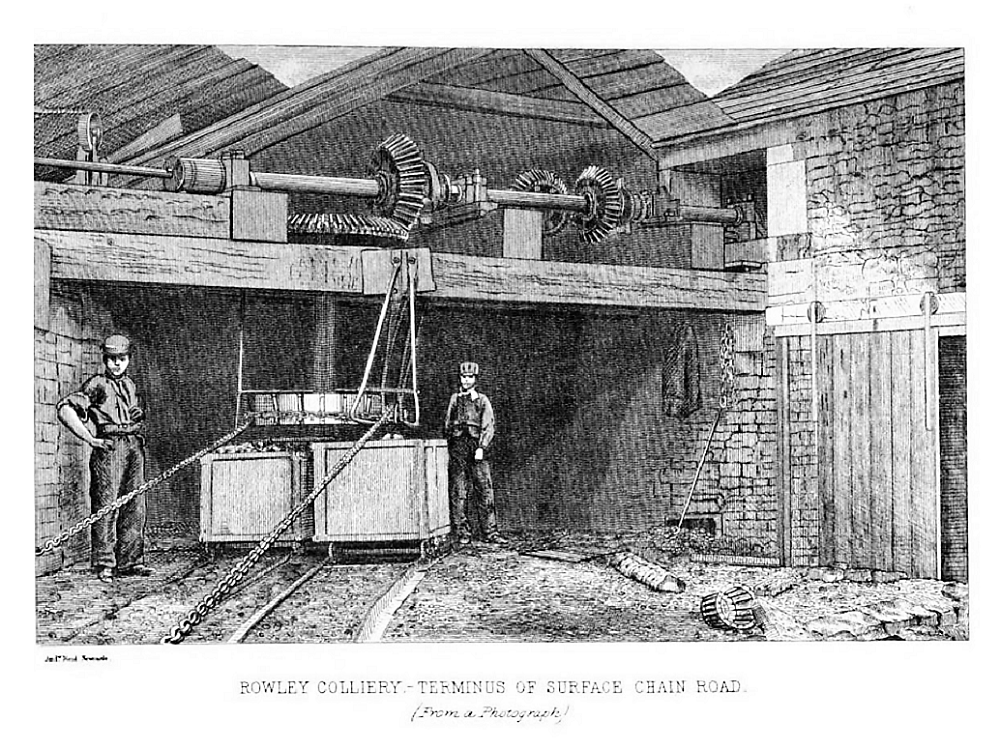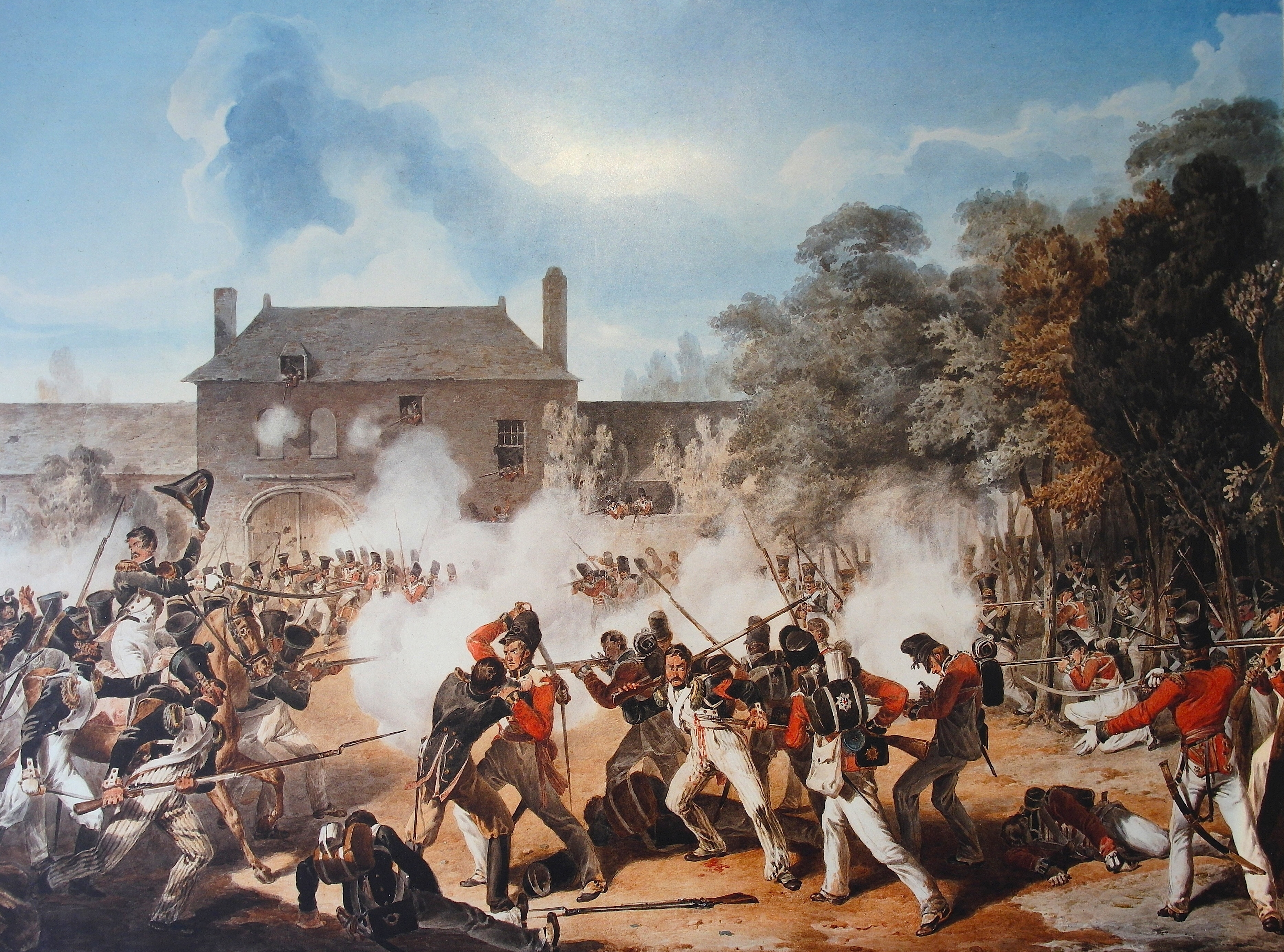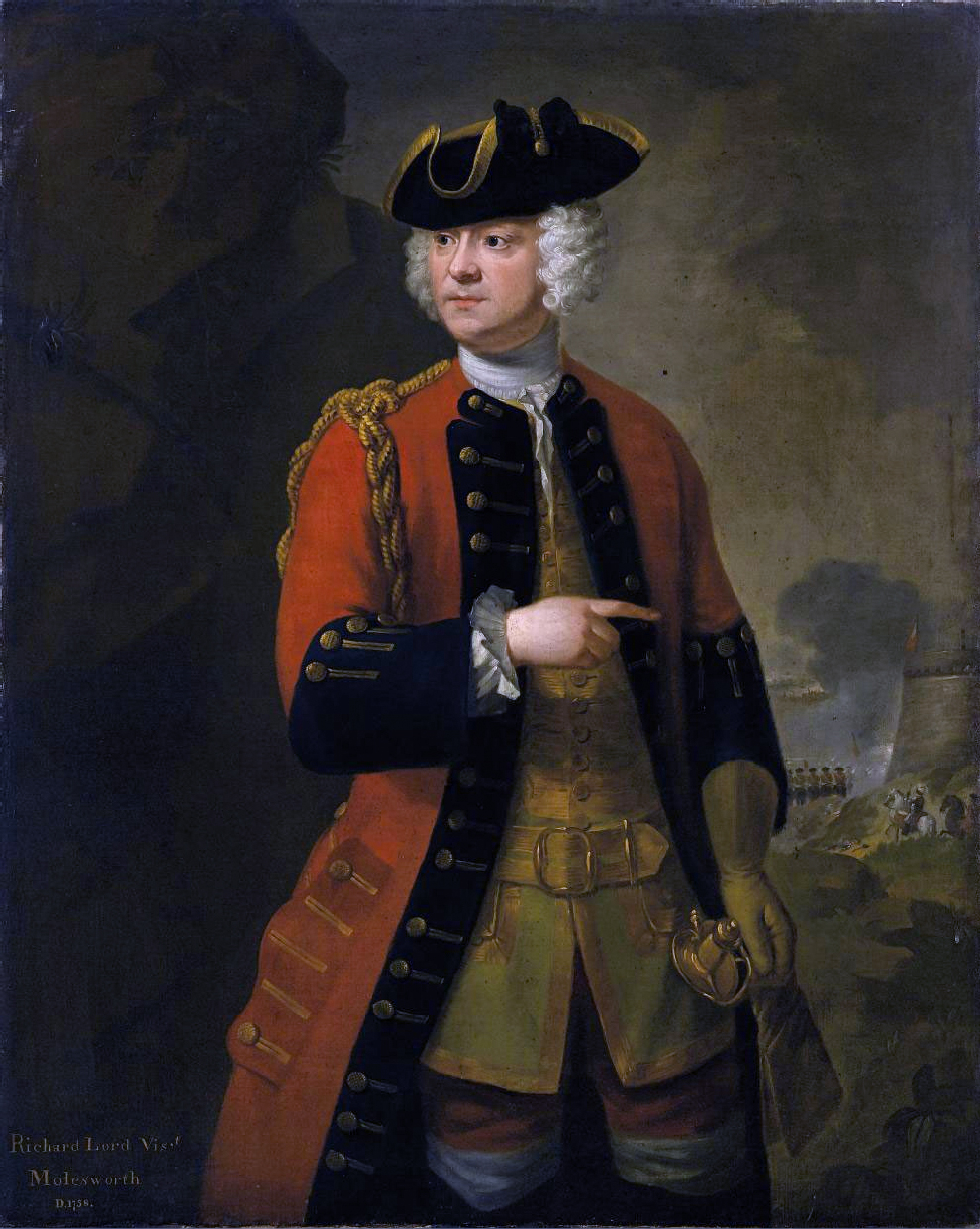|
Sir John Thursby, 1st Baronet
Colonel Sir John Hardy Thursby, 1st Baronet (31 August 1826 – 16 March 1901) was a British landowner, military officer, and sportsman. Born on 31 August 1826, he was the eldest son of the Rev. William Thursby and Eleanor Mary Hargreaves. His father was vicar of All Saints' Church, Northampton at that time. He had one older sister and five younger brothers, and was educated at Eton College. As a teenager, at Easter 1843, he assisted Studley Martin in excavating an ancient burial site on the moors east of Burnley, Lancashire. The interment urn that they discovered, remained with the family. Thursby's sister Eleanor Anne died, aged 19, in early April 1845. Opting for a military career, he served in the 90th Light Infantry for eight years, joining as Ensign in September 1845, and obtaining the rank of Lieutenant in November 1848. In the build-up to the Crimean War, in June 1853, he briefly joined the 1st Royal Lancashire Militia (The Duke of Lancaster's Own) as Captain, before ... [...More Info...] [...Related Items...] OR: [Wikipedia] [Google] [Baidu] |
Sir John Thursby
''Sir'' is a formal honorific address in English for men, derived from Sire in the High Middle Ages. Both are derived from the old French "Sieur" (Lord), brought to England by the French-speaking Normans, and which now exist in French only as part of "Monsieur", with the equivalent "My Lord" in English. Traditionally, as governed by law and custom, Sir is used for men titled as knights, often as members of orders of chivalry, as well as later applied to baronets and other offices. As the female equivalent for knighthood is damehood, the female equivalent term is typically Dame. The wife of a knight or baronet tends to be addressed as Lady, although a few exceptions and interchanges of these uses exist. Additionally, since the late modern period, Sir has been used as a respectful way to address a man of superior social status or military rank. Equivalent terms of address for women are Madam (shortened to Ma'am), in addition to social honorifics such as Mrs, Ms or Miss. ... [...More Info...] [...Related Items...] OR: [Wikipedia] [Google] [Baidu] |
Lieutenant-Colonel
Lieutenant colonel ( , ) is a rank of commissioned officers in the armies, most marine forces and some air forces of the world, above a major and below a colonel. Several police forces in the United States use the rank of lieutenant colonel. The rank of lieutenant colonel is often shortened to simply "colonel" in conversation and in unofficial correspondence. Sometimes, the term 'half-colonel' is used in casual conversation in the British Army. In the United States Air Force, the term 'light bird' or 'light bird colonel' (as opposed to a 'full bird colonel') is an acceptable casual reference to the rank but is never used directly towards the rank holder. A lieutenant colonel is typically in charge of a battalion or regiment in the army. The following articles deal with the rank of lieutenant colonel: * Lieutenant-colonel (Canada) * Lieutenant colonel (Eastern Europe) * Lieutenant colonel (Turkey) * Lieutenant colonel (Sri Lanka) * Lieutenant colonel (United Kingdom) * ... [...More Info...] [...Related Items...] OR: [Wikipedia] [Google] [Baidu] |
St John The Evangelist's Church, Worsthorne
St John the Evangelist's Church is in Church Square in the village of Worsthorne, Lancashire, England. It is an active Anglican parish church in the deanery of Burnley, the archdeaconry of Burnley, and the diocese of Blackburn. The church is recorded in the National Heritage List for England as a designated Grade II listed building. History The church was built in 1834–35 to a design by Lewis Vulliamy, and the chancel was added in 1894 by W. B. Colbram. In 1903–04 the Lancaster architects Austin and Paley built the west tower and removed old vestries at the west end extending the seating. Financial contributions to all stages of the building were made by the local colliery-owning families of Hargreaves and Thursby. The chapelry district of Saint John, Worsthorne was assigned in 1843. The galleries were removed in 1902, followed by the internal plasterwork in 1929. The interior of the church was partitioned in 1973 to make rooms in two storeys at the wes ... [...More Info...] [...Related Items...] OR: [Wikipedia] [Google] [Baidu] |
Knightsbridge
Knightsbridge is a residential and retail district in central London, south of Hyde Park. It is identified in the London Plan as one of two international retail centres in London, alongside the West End. Toponymy Knightsbridge is an ancient name, spelt in a variety of ways in Saxon and Old English, such as ''Cnihtebricge'' (c. 1050); ''Knichtebrig'' (1235); ''Cnichtebrugge'' (13th century); and ''Knyghtesbrugg'' (1364). The meaning is "bridge of the young men or retainers," from the Old English ''cniht'' (genitive case plural –a) and ''brycg''. ''Cniht'', in pre-Norman days, did not have the later meaning of a warrior on horseback, but simply meant a youth. The allusion may be to a place where ''cnihtas'' congregated: bridges and wells seem always to have been favourite gathering places of young people, and the original bridge was where one of the old roads to the west crossed the River Westbourne. However, there is possibly a more specific reference to the important ''cnih ... [...More Info...] [...Related Items...] OR: [Wikipedia] [Google] [Baidu] |
Ennismore Gardens
''Ennismore'' is the second solo studio album by the English singer Colin Blunstone of rock band the Zombies. The name of the album comes from Ennismore Gardens, a square in Knightsbridge where Blunstone was living; the name being a variant spelling of the island Inishmore.Greg Russo Time of the Season: The Zombies Collector's Guide 1999 - Page 65 "Now located in the Knightsbridge section of London, Colin Blunstone was sharing a flat in Ennismore Gardens with the singer/songwriter Duncan Browne and his manager. Drawing upon this location, "Ennismore" became Colin's second Epic" It was originally released in November 1972 on the label Epic. The lead single "I Don't Believe in Miracles" peaked at No. 31 on the UK Singles Chart, and "How Could We Dare to Be Wrong" peaked No. 45. ''Ennismore'' was reissued on CD by Sony in 2003. As with Blunstone's 1971 debut album '' One Year'', ''Ennismore'' was produced by Rod Argent and Chris White and most of the songs were backed by Arge ... [...More Info...] [...Related Items...] OR: [Wikipedia] [Google] [Baidu] |
Townhouse
A townhouse, townhome, town house, or town home, is a type of terraced housing. A modern townhouse is often one with a small footprint on multiple floors. In a different British usage, the term originally referred to any type of city residence (normally in London) of someone whose main or largest residence was a country house. History Historically, a townhouse was the city residence of a noble or wealthy family, who would own one or more country houses in which they lived for much of the year. From the 18th century, landowners and their servants would move to a townhouse during the social season (when major balls took place). Europe In the United Kingdom, most townhouses are terraced. Only a small minority of them, generally the largest, were detached, but even aristocrats whose country houses had grounds of hundreds or thousands of acres often lived in terraced houses in town. For example, the Duke of Norfolk owned Arundel Castle in the country, while his London house, ... [...More Info...] [...Related Items...] OR: [Wikipedia] [Google] [Baidu] |
Christchurch, Dorset
Christchurch () is a town and civil parish in Dorset on the south coast of England. The town had a population of 31,372 in 2021. For the borough the population was 48,368. It adjoins Bournemouth to the west, with the New Forest to the east. Part of the historic county of Hampshire, Christchurch was a borough within the administrative county of Dorset from 1974 until 2019, when it became part of the new Bournemouth, Christchurch and Poole unitary authority. Founded in the seventh century at the confluence of the rivers Avon and Stour which flow into Christchurch Harbour, the town was originally named Twynham but became known as Christchurch following the construction of the priory in 1094. The town developed into an important trading port, and was fortified in the 9th century. Further defences were added in the 12th century with the construction of a castle, which was destroyed during the English Civil War by the Parliamentarian Army. During the 18th and 19th centuries smuggl ... [...More Info...] [...Related Items...] OR: [Wikipedia] [Google] [Baidu] |
Cliviger
Cliviger is a civil parish in the Borough of Burnley, in Lancashire, England. It is situated to the southeast of Burnley, and northwest of Todmorden. According to the 2011 census, the parish has a population of 2,238. Although the whole parish lies within the Borough of Burnley it is actually split between three post towns, with a few farms lying in either the Todmorden or Bacup postal areas. Nowadays, it is mainly a dormitory area for people working in Burnley and other towns in East Lancashire and West Yorkshire. Contrary to popular (and in some cases mistaken local) belief there is no village of "Cliviger". The principal settlements within the parish are Walk Mill, Southward Bottom, Overtown, Mereclough and Holme Chapel. Toponymy There is some lack of certainty as to the origin of the name Cliviger. The Rev. Dr. Thomas Dunham Whitaker, historian, theologian and curate of Holme Chapel and later also vicar of the parishes of Whalley and Blackburn (until 1821), conjectured tha ... [...More Info...] [...Related Items...] OR: [Wikipedia] [Google] [Baidu] |
Burnley Coalfield
The Burnley Coalfield is the most northerly portion of the Lancashire Coalfield. Surrounding Burnley, Nelson, Blackburn and Accrington, it is separated from the larger southern part by an area of Millstone Grit that forms the Rossendale anticline. Occupying a syncline, it stretches from Blackburn past Colne to the Yorkshire border where its eastern flank is the Pennine anticline. Geography and geology The Burnley Coalfield which surrounds Burnley, Nelson, Blackburn and Accrington is the most northerly portion of the Lancashire Coalfield. The Rossendale anticline, an area of Millstone Grit, separates it from the larger southern part of the coalfield. Occupying a syncline bounded by the Pendle monocline to the north, the coalfield stretches from Blackburn, eastwards past Colne to the Pennine anticline on the border with Yorkshire. The coalfield's seams are the Westphalian Coal Measures of the Carboniferous period, laid down from the vegetation of tropical swampy forests more tha ... [...More Info...] [...Related Items...] OR: [Wikipedia] [Google] [Baidu] |
James Yorke Scarlett
General Sir James Yorke Scarlett (1 February 1799 – 6 December 1871) was a British Army officer and hero of the Crimean War who led the Charge of the Heavy Brigade during the Battle of Balaclava on 25 October 1854. Early life The second son of the 1st Baron Abinger, he was born in London and educated at Eton and Trinity College, Cambridge, In 1835, he married Charlotte Anne Hargreaves, a coal heiress from Burnley, the town becoming his adopted home. Career Scarlett entered the army in 1818, as a cornet in the 18th Hussars; in 1830, he became a major in the 5th Dragoon Guards, whose Colonel was Sir John Slade (1762-1859). Slade served in the Peninsular War, where he was described as an officer of 'limited ability, lacking initiative and nearly useless' and 'that damned stupid fellow.' Combined with Slade's age, this resulted in Scarlett's appointment as Commanding Officer of the regiment in 1840, a post he held for nearly fourteen years. In 1854 he was close to retirement af ... [...More Info...] [...Related Items...] OR: [Wikipedia] [Google] [Baidu] |
Coldstream Guards
The Coldstream Guards is the oldest continuously serving regular regiment in the British Army. As part of the Household Division, one of its principal roles is the protection of the monarchy; due to this, it often participates in state ceremonial occasions. The Regiment has consistently provided formations on deployments around the world and has fought in the majority of the major conflicts in which the British Army has been engaged. The Regiment has been in continuous service and has never been amalgamated. It was formed in 1650 as 'Monck's Regiment of Foot' and was then renamed 'The Lord General's Regiment of Foot Guards' after the restoration in 1660. With Monck's death in 1670 it was again renamed 'The Coldstream Regiment of Foot Guards' after the location in Scotland from which it marched to help restore the monarchy in 1660. Its name was again changed to 'The Coldstream Guards' in 1855 and this is still its present title. Today, the Regiment consists of: Regimental Head ... [...More Info...] [...Related Items...] OR: [Wikipedia] [Google] [Baidu] |
9th Queen's Royal Lancers
The 9th Queen's Royal Lancers was a cavalry regiment of the British Army, first raised in 1715. It saw service for three centuries, including the First and Second World Wars. The regiment survived the immediate post-war reduction in forces, but was amalgamated with the 12th Royal Lancers to form the 9th/12th Royal Lancers in 1960. History Early history The regiment was formed by Major-General Owen Wynne as Owen Wynne's Regiment of Dragoons in Bedford in 1715 as part of the response to the Jacobite rising. The regiment's first action was to attack the Jacobite forces in Wigan in late 1715. In 1717, the regiment embarked for Ballinrobe, in Ireland, and was placed on the Irish establishment. The regiment was ranked as the 9th Dragoons in 1719, re-titled as the 9th Regiment of Dragoons in 1751 and converted into Light Dragoons, becoming the 9th Regiment of (Light) Dragoons in 1783. The regiment fought at the Battle of Kilcullen, inflicting severe losses on the rebels, on 24 ... [...More Info...] [...Related Items...] OR: [Wikipedia] [Google] [Baidu] |






